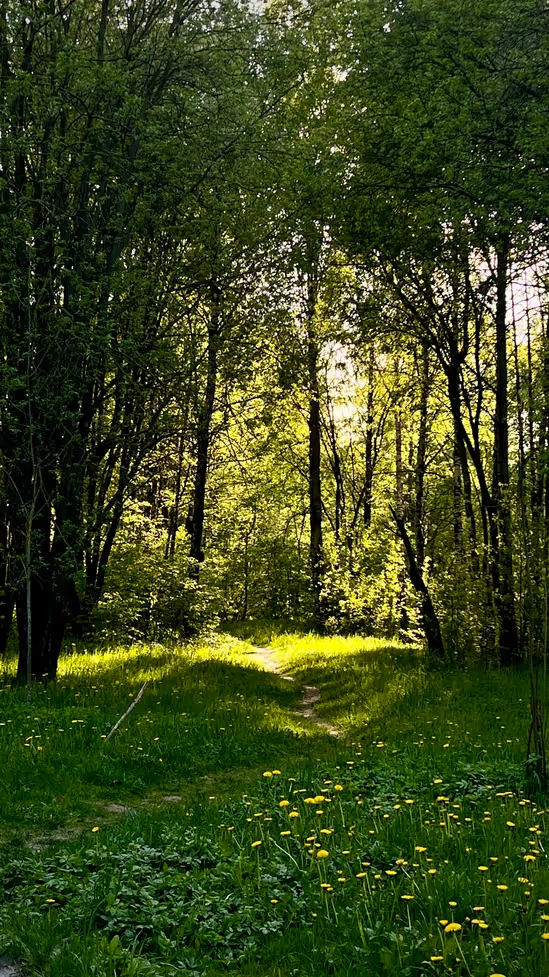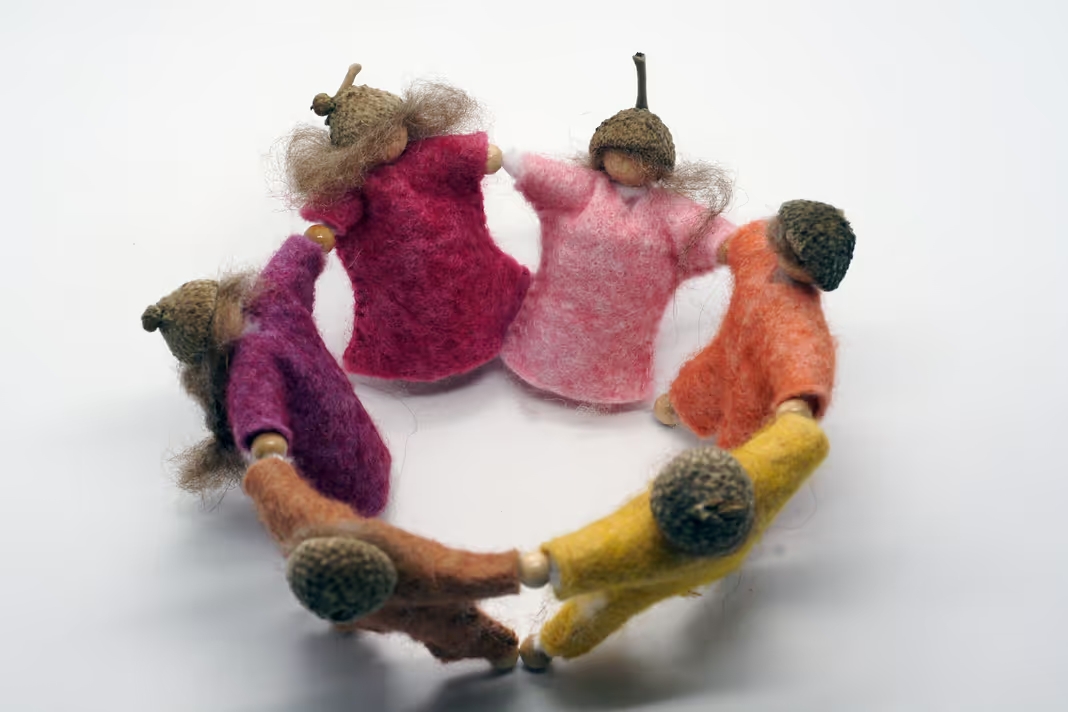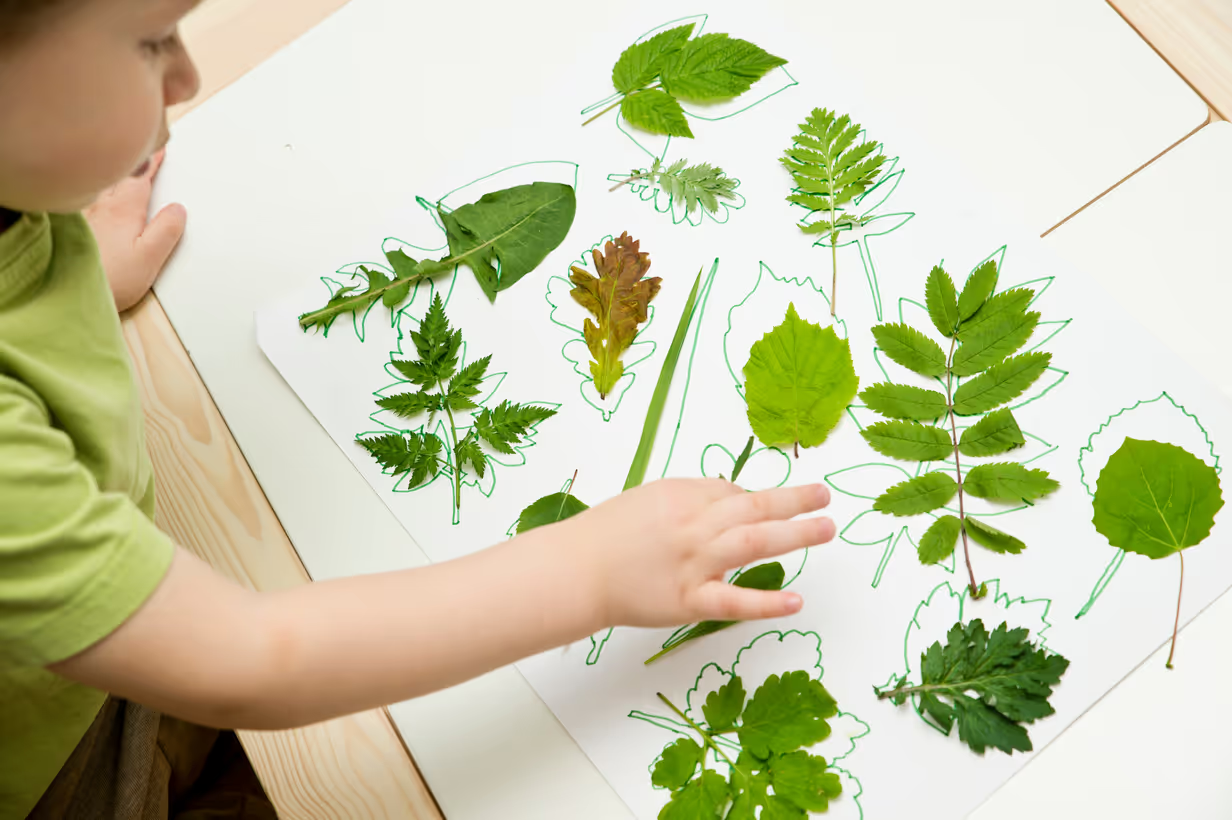Waldorf (Steiner) Education: The Beautiful and The Complicated
For families exploring alternative education, Waldorf is a name that often comes up, particularly for those seeking a more gentle, art-filled approach to childhood. It’s a philosophy that, for some, can feel like a calming alternative in a world that often moves too fast. Waldorf is built around the idea that education should align with a child's natural developmental stages, with a focus on protecting the wonder of childhood. The methodology prioritizes nurturing the whole child—their intellectual, emotional, and physical being, often referred to as "head, heart, and hands"—over early academics or standardized tests.

This approach may be a good fit for families who value creativity, imagination, and a deep connection to the natural world. It is often suited to a child who learns best through narrative and hands-on activities, who might prefer building a fort in the woods to sitting at a desk. Waldorf environments are intentionally structured with a slow pace and a predictable rhythm, which can be grounding for children who respond well to routine and a sense of security. If a family’s goal is to limit screen time and instead incorporate art, music, practical skills like baking and gardening, and imaginative play into their child's life, the core tenets of Waldorf education may resonate.
The educational goal is less about rote memorization and more about cultivating an interest in learning. Children are encouraged to be curious and to engage with material creatively. The curriculum aims to develop a respect for nature through the celebration of seasonal festivals and by spending significant time outdoors. Through activities like painting, knitting, and woodworking, the intention is to teach patience and the satisfaction of creating something with one's own hands. The aim of these practices is to foster confidence and a sense of self rooted in capability, not competition.
Key characteristics in the Waldorf classroom
Natural and Simple Materials
The environment is filled with toys and tools made from natural materials like wood, silk, wool, and cotton. Plastic and electronic items are avoided to create a warmer, more tactile experience.
Emphasis on Imagination
Toys are often simple and open-ended—such as plain wooden blocks, unadorned dolls, and pieces of colored silk—to encourage children to create their own worlds through imaginative play.
Soothing Atmosphere

Classrooms are typically painted in soft, warm tones using a special watercolor technique called lazure. The lighting is kept gentle and natural wherever possible.
Rhythm and Routine
The day, week, and year are structured around a predictable rhythm. For example, each day might have a specific activity (baking on Monday, painting on Tuesday), which provides children with a sense of security and order.
Connection to Nature
The seasons are a central part of the curriculum. Classrooms often feature a "nature table" with items that reflect the current season, and children spend a significant amount of time outdoors.
Screen-Free Environment
Early childhood classrooms are screen-free zones to protect and encourage imaginative play and social interaction.
Waldorf and Anthroposophy
Rooted in the philosophy of Rudolf Steiner, Waldorf education emphasizes a predictable, gentle rhythm and a deep connection to nature. It’s an approach designed to support the whole child—head, heart, and hands.
These elements are what draw many families in, and for good reason. The emphasis on creativity, emotional well-being, and a screen-free childhood is a compelling vision in our fast-paced world.

But it’s important to see the whole picture. Rudolf Steiner was a philosopher, but he was also the founder of a spiritual doctrine called Anthroposophy. And frankly, some of his original theories from the early 20th century are deeply problematic. His writings contain racist ideas about the evolution of souls through different "folk races," which are fundamentally at odds with modern values of justice, equity, diversity, and inclusion.
So, what does this mean for a family considering a Waldorf school today?
The good news is that most modern Waldorf schools focus on the educational methods—the art, the rhythm, the play-based learning— and have intentionally moved away from the problematic spiritual doctrines of the founder. But the key word here is consciously. It’s essential to find a program that is not just quietly ignoring the troubling parts of its history, but is actively working to be anti-racist and inclusive.
How to Find a Mindful, Modern Waldorf Program
You have the power to be an informed advocate for your child. When vetting a school, don’t be afraid to ask direct questions. A truly progressive and self-aware program will welcome them.
Green Flags to Look For:
- A clear and public commitment to Justice, Equity, Diversity, and Inclusion (JEDI)—on the website and in the parent handbook.
- Transparent and thoughtful responses to tough questions.
- A diverse faculty, staff, and student body.
- A curriculum that has been intentionally updated to be culturally responsive and globally minded.

Questions to Ask the School’s Administration:
- "How does your school address the controversial and racist elements within Rudolf Steiner's original philosophies?" (A good answer involves acknowledging the history and explaining the concrete steps they’ve taken to reject it.)
- "What specific training has your faculty undergone in anti-racism and culturally responsive teaching?"
- "May we see your curriculum? How do you ensure the stories, histories, and books you use represent a wide range of cultures and perspectives?"
- "How do you support children and families from all racial, cultural, and religious backgrounds?"
A school that is defensive, dismissive, or claims these issues are "in the past" is a red flag. The right program will be proud to share the work they’re doing to build a truly welcoming and equitable community for every child.
Making an Informed Choice for Your Family
Navigating the world of alternative education, especially a philosophy as layered as Waldorf, is no small task. It's perfectly okay to fall in love with the gentle rhythms and reverence for childhood that modern Waldorf schools offer, while also holding a critical eye to its origins. The most important takeaway is that you, as a parent, are in the driver's seat. These questions aren't just a checklist; they are powerful conversation starters that open the door to understanding a school's true culture and its commitment to creating an inclusive space for every child.

Ultimately, the goal isn't to find a 'perfect' philosophy, but a living, breathing community that aligns with your family's most deeply held values. Finding a school that is not only beautiful in its approach but also brave in its self-reflection is a powerful choice for your child's education. The right fit is out there, and it's worth the thoughtful search. This deep dive is just one part of a much larger landscape. To continue exploring and compare this philosophy with other innovative models, be sure to visit our complete Guide to Alternative Education.



